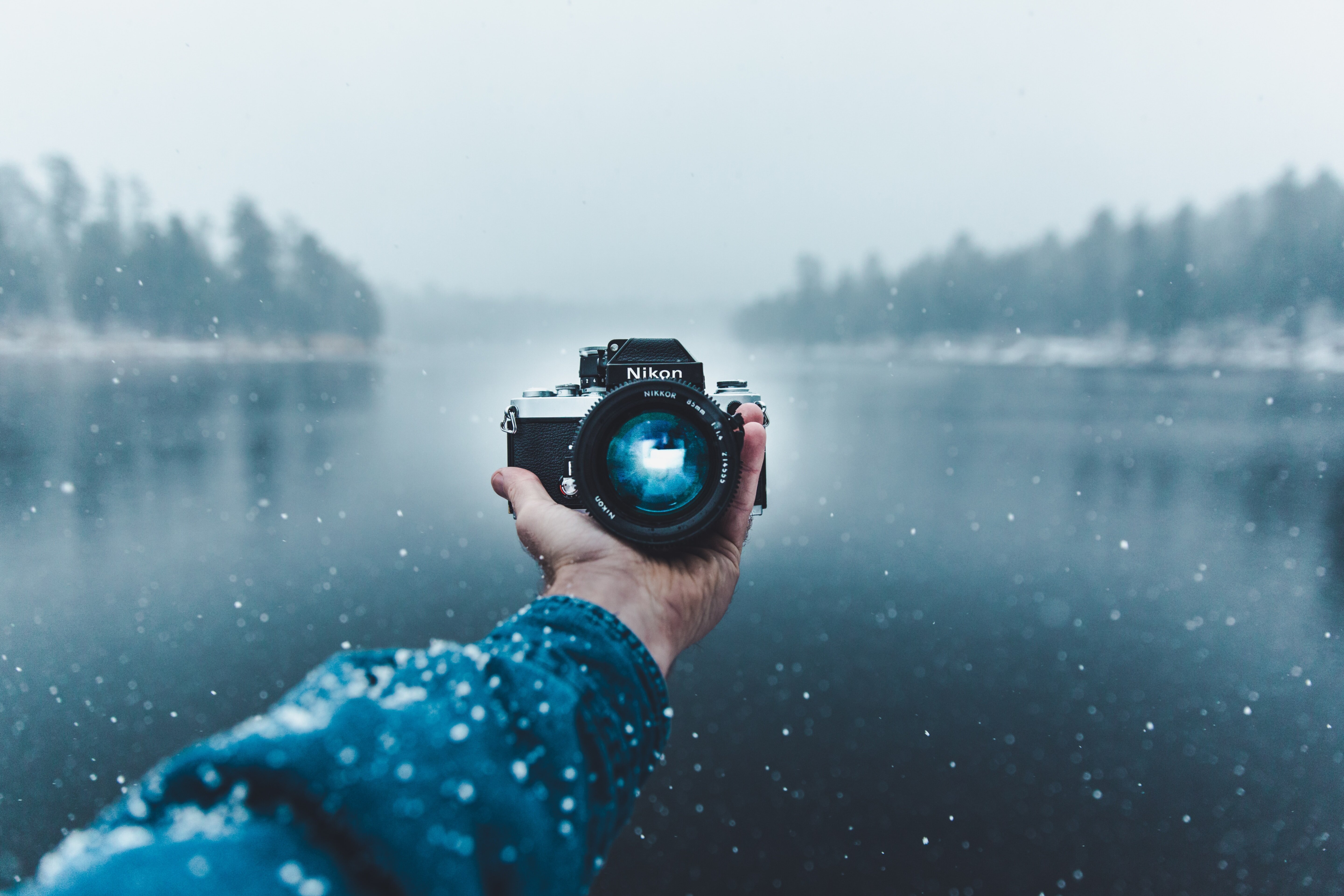The Rise of AI-Powered Online Collage Makers Revolutionizing Portrait Photography

I've been tracking the shift in digital image manipulation for a while now, particularly how automated systems are interacting with something as personal as portraiture. It’s fascinating to observe how quickly the tools available to the average person have evolved beyond simple filters and basic cropping. We’re moving into an era where creating sophisticated visual narratives from a single photograph, or even a set of them, requires less manual labor and more intelligent interpretation by the software itself.
The core of this change seems to be how these new online collage makers are processing the *context* of the image, not just the pixels. Think about the classic scrapbook or mood board—traditionally, constructing one meant painstakingly cutting, pasting, arranging elements until the composition felt right. Now, the algorithms are attempting to mimic that aesthetic judgment, often with surprisingly coherent results, especially when dealing with portrait data. I wanted to see what was actually happening under the hood of these systems that claim to revolutionize portrait presentation.
Let's look closely at the mechanics driving these AI-assisted collage generators that are suddenly flooding the web space for portraiture. What I observe is a move away from rigid template application; instead, these platforms are utilizing models trained on vast datasets of successful compositional layouts and stylistic pairings. When I upload a portrait, the system doesn't just randomly scatter background textures or supplementary graphics. It appears to be segmenting the primary subject—identifying the face, shoulders, and perhaps even interpreting the subject's expression or implied mood based on learned patterns.
This segmentation allows the system to intelligently mask and overlay supporting visual information, ensuring that the background elements don't clash awkwardly with the foreground subject’s edges. Furthermore, the system appears to be adjusting color palettes dynamically, pulling dominant hues from the original portrait to harmonize the added decorative assets, like digital ribbons or abstract shapes. It's an active, rather than passive, assembly process, where the software makes iterative micro-adjustments to alignment and scale based on predefined aesthetic rulesets it has internalized. It’s less about drag-and-drop and more about intelligent suggestion based on learned visual grammar.
The implications for how we package and consume personal photography are significant, moving the emphasis from technical editing prowess to prompt engineering or selection curation. Consider the workflow of a professional photographer: traditionally, creating a final product package involved hours of layout work for client proofs or portfolio pieces using desktop software. Now, these web-based tools propose finalized compositions in seconds, based on minimal user input, often involving just selecting a desired "vibe"—say, "vintage cinematic" or "minimalist geometric."
This speed presents a genuine challenge to established workflows because the quality ceiling for these automated outputs is rising fast, demanding a closer look at what constitutes genuine artistic input versus sophisticated automation. I am particularly interested in the training bias; if the system is trained predominantly on one style of portraiture, its suggestions for another—say, formal studio shots versus casual outdoor snaps—might fall flat or introduce unwanted stylistic contamination. We need to understand the limits of their learned visual vocabulary before accepting these automated constructions as the new standard for displaying human likenesses. It’s a powerful capability, but power always requires careful scrutiny regarding its boundaries and fidelity to the source material.
More Posts from kahma.io:
- →AI Image Generators in 2024 A Deep Dive into Contextual Intelligence and User Experience
- →The Impact of AI-Generated Portraits on Birthday Party Invitations A 2024 Analysis
- →7 Essential Photo Enhancement Techniques for Creating Professional-Looking Digital Invitations
- →7 Tips for Enhancing Your Canva Email Signature with Professional Photography
- →Job Application Aesthetics Canvas Templates Versus Photography Costs
- →AI-Powered Certificate Authentication How Neural Networks Detect Fraudulent Digital Credentials in 2024